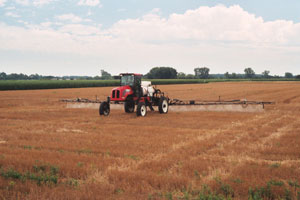Label Review Training: Module 1: Label Basics, Page 15
Section 4: Why is labeling important?
Negative Consequences of Improper Labeling
Over the years, many stakeholders (especially enforcement personnel) have encountered labels that are difficult to interpret or enforce. Deficient labels:
- Increase the risk and occurrence of harmful effects on health and the environment.
- Undermine compliance and enforcement efforts.
- Waste federal and state resources by incurring costs associated with interpreting and correcting label deficiencies.
Real-world consequences of improper labeling are unfortunately common. For example:
- Language that is intended to be mandatory but that uses advisory terms can lead users to disregard directions because they conclude that they are

- In one case, the incorrect use of the term “recommended” resulted in damage to 1,900 acres of crops.
- Poor label organization can lead to accidental misuse.
- One state review of incident data concluded that poor placement of ventilation precautions for one class of products contributed to 173 human exposure incidents.
- Confusing precautionary language can lead to accidental misuse.
- Unclear precautionary language on ventilation sometimes leads to serious illnesses.
- Vague or undefined terms can leave users unsure of how to comply with precautions.
- In one case, user limitation language with no definition (“authorized handlers”) and overly broad precautions (“do not apply in any manner that may endanger...”) led the U.S. Department of Agriculture to abandon a pest control program because they felt they could not comply with such overly broad prohibitions.
Page 15 of 29
Previous Page Next Page
